-
 Bitcoin
Bitcoin $114200
0.00% -
 Ethereum
Ethereum $3637
0.56% -
 XRP
XRP $2.950
-2.01% -
 Tether USDt
Tether USDt $0.9999
0.02% -
 BNB
BNB $761.0
0.55% -
 Solana
Solana $164.1
-1.38% -
 USDC
USDC $0.9999
0.02% -
 TRON
TRON $0.3332
0.36% -
 Dogecoin
Dogecoin $0.2012
-0.52% -
 Cardano
Cardano $0.7261
-1.41% -
 Hyperliquid
Hyperliquid $37.62
-2.13% -
 Stellar
Stellar $0.3930
-2.65% -
 Sui
Sui $3.441
-0.16% -
 Bitcoin Cash
Bitcoin Cash $563.8
0.70% -
 Chainlink
Chainlink $16.50
0.09% -
 Hedera
Hedera $0.2424
-0.14% -
 Ethena USDe
Ethena USDe $1.001
0.01% -
 Avalanche
Avalanche $22.20
0.00% -
 Litecoin
Litecoin $118.0
-2.48% -
 UNUS SED LEO
UNUS SED LEO $8.991
0.12% -
 Toncoin
Toncoin $3.195
-3.87% -
 Shiba Inu
Shiba Inu $0.00001217
0.12% -
 Uniswap
Uniswap $9.674
-0.21% -
 Polkadot
Polkadot $3.633
1.00% -
 Monero
Monero $295.3
-0.82% -
 Dai
Dai $0.9999
0.00% -
 Bitget Token
Bitget Token $4.321
-0.41% -
 Cronos
Cronos $0.1392
0.73% -
 Pepe
Pepe $0.00001027
-0.89% -
 Aave
Aave $258.5
0.32%
What is PoH (Proof of History)?
Proof of History (PoH) enhances blockchain efficiency by using a hash chain for timestamping, allowing Solana to process thousands of transactions per second.
Apr 09, 2025 at 08:36 pm
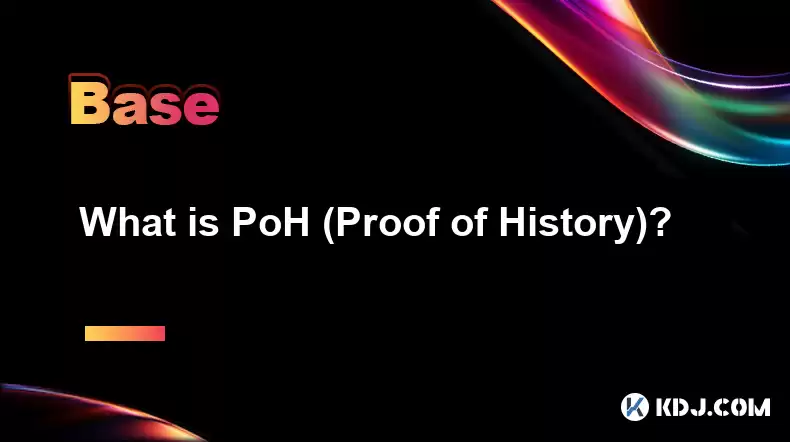
Proof of History (PoH) is a consensus mechanism developed by the Solana blockchain project to enhance the efficiency and scalability of blockchain networks. Unlike traditional consensus mechanisms like Proof of Work (PoW) or Proof of Stake (PoS), PoH introduces a novel approach to timestamping and ordering transactions, which significantly reduces the computational overhead and increases the throughput of the network.
The Concept of Proof of History
At its core, PoH is designed to create a verifiable and chronological record of events on the blockchain. This is achieved through the use of a cryptographic hash function that generates a sequence of hashes, each dependent on the previous one. This sequence, known as a hash chain, serves as a verifiable clock that allows nodes on the network to agree on the order and timing of transactions without the need for extensive communication.
The hash function used in PoH is designed to be computationally intensive enough to ensure that the time taken to generate each hash is predictable and consistent. This predictability allows the network to use the hash chain as a reliable timestamping mechanism, which is crucial for maintaining the integrity and order of transactions.
How Proof of History Works
To understand how PoH functions, it's essential to break down the process into its fundamental components. The mechanism operates by generating a sequence of hashes, where each hash is derived from the previous hash and a timestamp. This process creates a verifiable record of time that can be used to order transactions.
- Hash Generation: The process begins with an initial value, often referred to as a seed. This seed is hashed to produce the first hash in the chain.
- Timestamping: Each subsequent hash is generated by combining the previous hash with a timestamp. This timestamp is derived from the time it takes to compute the hash, which is consistent and predictable.
- Verification: Nodes on the network can verify the hash chain by recalculating the hashes and comparing them to the published chain. If the hashes match, the chain is considered valid, and the timestamps are accepted as accurate.
This method of timestamping and ordering transactions allows the Solana network to process transactions at a much higher rate than traditional blockchains, as it eliminates the need for nodes to communicate extensively to agree on the order of transactions.
Advantages of Proof of History
PoH offers several advantages over other consensus mechanisms, particularly in terms of scalability and efficiency. By providing a verifiable and chronological record of events, PoH enables the Solana network to process thousands of transactions per second, far surpassing the capabilities of many other blockchains.
- Scalability: The use of a hash chain as a timestamping mechanism allows the network to scale more efficiently, as nodes do not need to communicate extensively to agree on the order of transactions.
- Efficiency: The predictable and consistent nature of the hash function used in PoH reduces the computational overhead required to maintain the blockchain, making it more energy-efficient than PoW.
- Security: The cryptographic nature of the hash chain ensures that the timestamps and order of transactions are tamper-proof, enhancing the security of the network.
Implementation of Proof of History in Solana
The Solana blockchain leverages PoH to achieve high throughput and low latency. The implementation of PoH in Solana involves several key components that work together to ensure the efficient processing of transactions.
- Leader Nodes: In the Solana network, leader nodes are responsible for generating the hash chain and proposing blocks of transactions. These nodes use PoH to timestamp and order the transactions within the blocks.
- Validator Nodes: Validator nodes verify the hash chain and the transactions proposed by the leader nodes. They use the hash chain to ensure that the timestamps and order of transactions are accurate and consistent.
- Tower BFT: Solana uses a consensus algorithm called Tower BFT (Byzantine Fault Tolerance) to finalize blocks. PoH plays a crucial role in this process by providing a verifiable record of time that helps nodes reach consensus more quickly.
Challenges and Considerations
While PoH offers significant advantages in terms of scalability and efficiency, it also presents certain challenges and considerations that must be addressed. One of the primary challenges is ensuring the security and integrity of the hash chain, as any tampering with the chain could compromise the entire network.
- Security Risks: The reliance on a single hash chain for timestamping and ordering transactions introduces a potential single point of failure. If the hash chain is compromised, the entire network could be affected.
- Centralization Concerns: The role of leader nodes in generating the hash chain and proposing blocks could lead to centralization if not properly managed. Solana addresses this by rotating leader nodes and using a decentralized selection process.
- Complexity: The implementation of PoH requires a deep understanding of cryptographic hash functions and consensus mechanisms. This complexity can make it challenging for new developers to contribute to the Solana ecosystem.
Practical Applications of Proof of History
PoH has practical applications beyond the Solana blockchain, as it can be used in any system that requires a verifiable and chronological record of events. Some potential applications include:
- Decentralized Finance (DeFi): PoH can be used to timestamp and order transactions in DeFi applications, ensuring the integrity and security of financial transactions.
- Supply Chain Management: By providing a verifiable record of time, PoH can be used to track the movement of goods and ensure the integrity of supply chain data.
- Gaming and NFTs: PoH can be used to timestamp and order events in gaming and NFT platforms, ensuring the fairness and security of in-game transactions and asset transfers.
Frequently Asked Questions
Q: How does Proof of History differ from Proof of Work and Proof of Stake?
A: Proof of History (PoH) differs from Proof of Work (PoW) and Proof of Stake (PoS) in its approach to consensus and timestamping. PoW relies on computational power to solve complex mathematical problems, while PoS relies on the stake of participants to validate transactions. PoH, on the other hand, uses a hash chain to create a verifiable and chronological record of events, which allows for more efficient and scalable transaction processing.
Q: Can Proof of History be used in other blockchain networks besides Solana?
A: Yes, Proof of History can be implemented in other blockchain networks that require a verifiable and chronological record of events. However, the specific implementation would need to be tailored to the requirements and architecture of the target network.
Q: What are the potential security risks associated with Proof of History?
A: The primary security risk associated with Proof of History is the potential for tampering with the hash chain. If the hash chain is compromised, the entire network could be affected. To mitigate this risk, the Solana network uses a decentralized selection process for leader nodes and implements robust cryptographic measures to ensure the integrity of the hash chain.
Q: How does Proof of History contribute to the scalability of the Solana network?
A: Proof of History contributes to the scalability of the Solana network by providing a verifiable and chronological record of events that allows nodes to agree on the order and timing of transactions without extensive communication. This reduces the computational overhead and enables the network to process thousands of transactions per second, making it highly scalable.
Disclaimer:info@kdj.com
The information provided is not trading advice. kdj.com does not assume any responsibility for any investments made based on the information provided in this article. Cryptocurrencies are highly volatile and it is highly recommended that you invest with caution after thorough research!
If you believe that the content used on this website infringes your copyright, please contact us immediately (info@kdj.com) and we will delete it promptly.
- Brazil, Bitcoin, Hearing Date: Is Brazil About to Embrace Bitcoin?
- 2025-08-06 20:30:38
- Stabull DEX on Base Chain: A New Era for Stablecoins?
- 2025-08-06 20:47:53
- WeWake Finance: Is This the Crypto ROI Opportunity You've Been Waiting For?
- 2025-08-06 21:10:18
- PancakeSwap, US Stocks, and Perpetual Contracts: A New Frontier in DeFi
- 2025-08-06 21:10:18
- South Korea, Stablecoins, and Online Banks: KakaoBank's Bold Move
- 2025-08-06 20:47:53
- PROVE the Future: Price Predictions & Succinct's ZK Revolution (2025-2030)
- 2025-08-06 20:30:38
Related knowledge
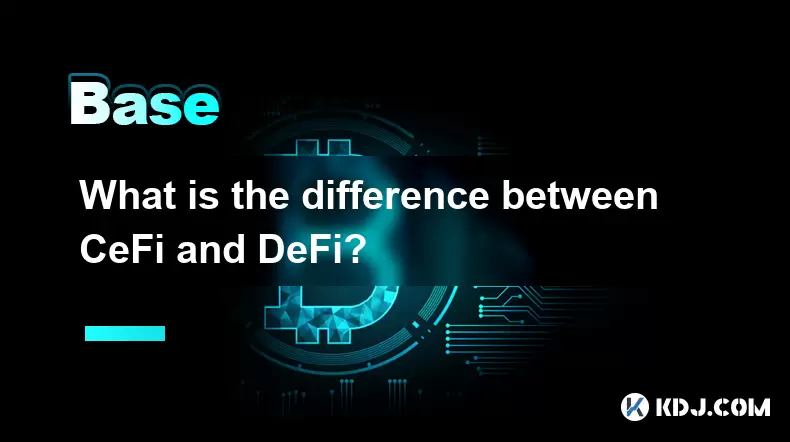
What is the difference between CeFi and DeFi?
Jul 22,2025 at 12:28am
Understanding CeFi and DeFiIn the world of cryptocurrency, CeFi (Centralized Finance) and DeFi (Decentralized Finance) represent two distinct financia...
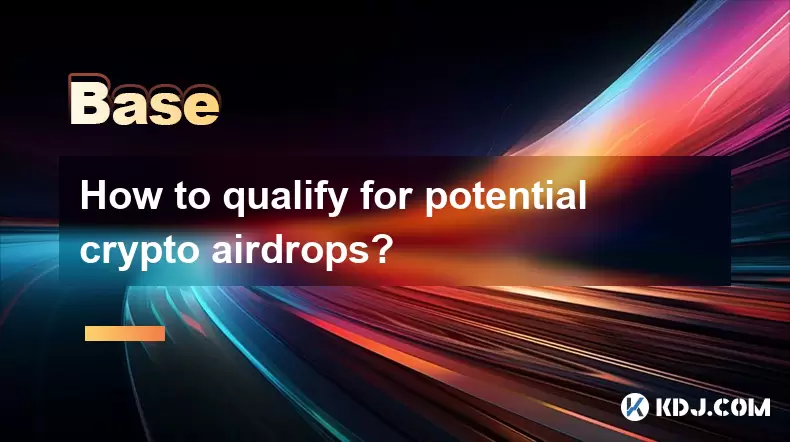
How to qualify for potential crypto airdrops?
Jul 23,2025 at 06:49am
Understanding What Crypto Airdrops AreCrypto airdrops refer to the distribution of free tokens or coins to a large number of wallet addresses, often u...
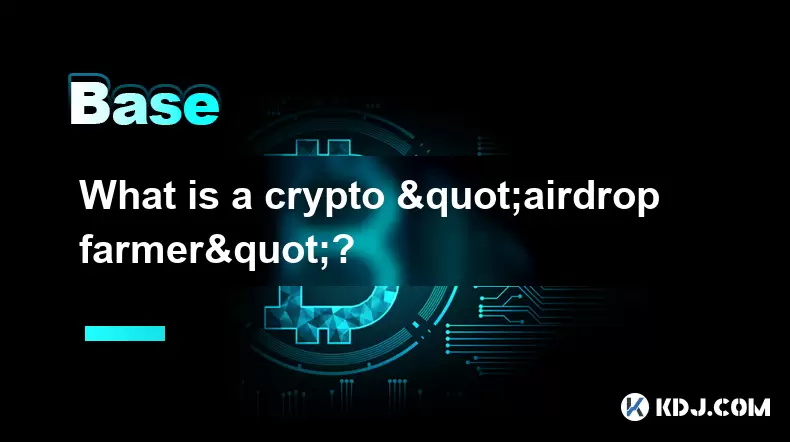
What is a crypto "airdrop farmer"?
Jul 24,2025 at 10:22pm
Understanding the Role of a Crypto 'Airdrop Farmer'A crypto 'airdrop farmer' refers to an individual who actively participates in cryptocurrency airdr...
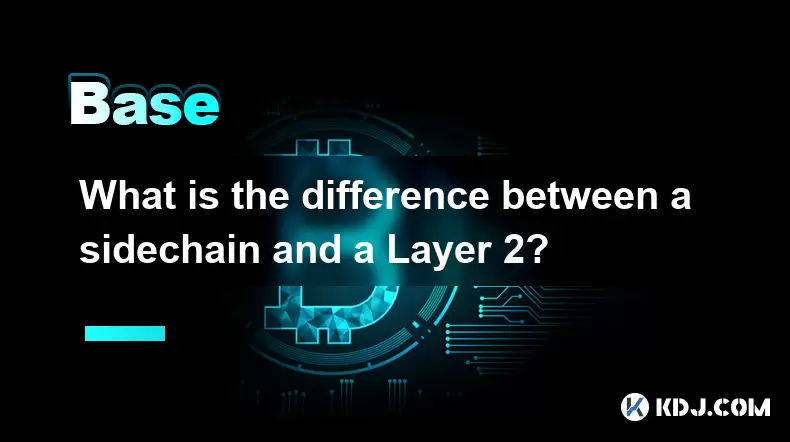
What is the difference between a sidechain and a Layer 2?
Jul 20,2025 at 11:35pm
Understanding the Concept of SidechainsA sidechain is a separate blockchain that runs parallel to the main blockchain, typically the mainnet of a cryp...
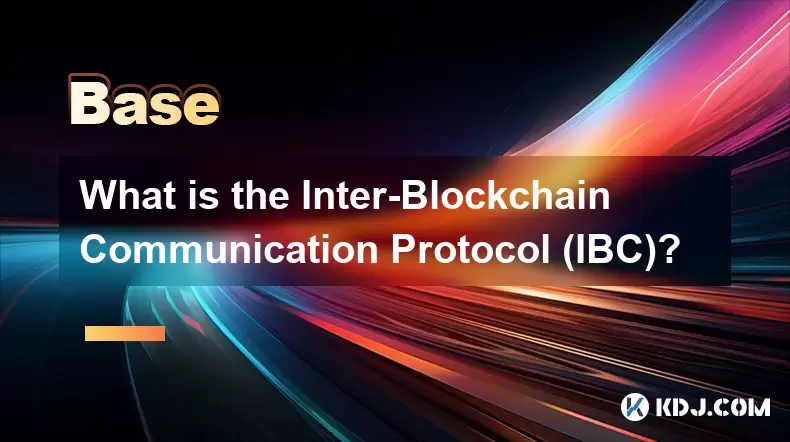
What is the Inter-Blockchain Communication Protocol (IBC)?
Jul 19,2025 at 10:43am
Understanding the Inter-Blockchain Communication Protocol (IBC)The Inter-Blockchain Communication Protocol (IBC) is a cross-chain communication protoc...
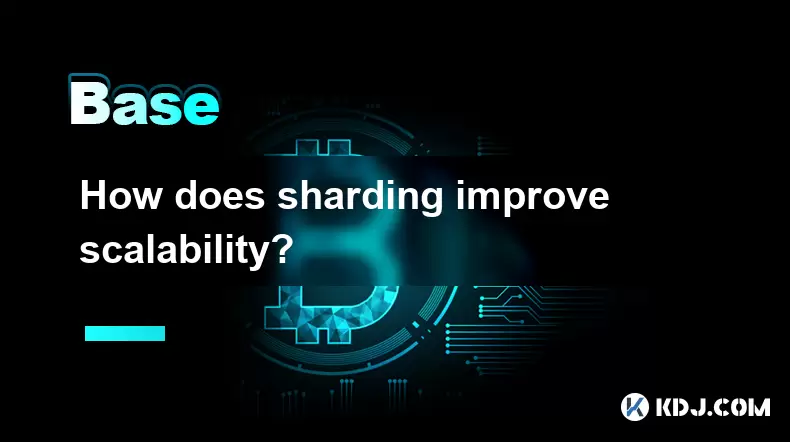
How does sharding improve scalability?
Jul 20,2025 at 01:21am
Understanding Sharding in BlockchainSharding is a database partitioning technique that is increasingly being adopted in blockchain technology to enhan...

What is the difference between CeFi and DeFi?
Jul 22,2025 at 12:28am
Understanding CeFi and DeFiIn the world of cryptocurrency, CeFi (Centralized Finance) and DeFi (Decentralized Finance) represent two distinct financia...

How to qualify for potential crypto airdrops?
Jul 23,2025 at 06:49am
Understanding What Crypto Airdrops AreCrypto airdrops refer to the distribution of free tokens or coins to a large number of wallet addresses, often u...

What is a crypto "airdrop farmer"?
Jul 24,2025 at 10:22pm
Understanding the Role of a Crypto 'Airdrop Farmer'A crypto 'airdrop farmer' refers to an individual who actively participates in cryptocurrency airdr...

What is the difference between a sidechain and a Layer 2?
Jul 20,2025 at 11:35pm
Understanding the Concept of SidechainsA sidechain is a separate blockchain that runs parallel to the main blockchain, typically the mainnet of a cryp...

What is the Inter-Blockchain Communication Protocol (IBC)?
Jul 19,2025 at 10:43am
Understanding the Inter-Blockchain Communication Protocol (IBC)The Inter-Blockchain Communication Protocol (IBC) is a cross-chain communication protoc...

How does sharding improve scalability?
Jul 20,2025 at 01:21am
Understanding Sharding in BlockchainSharding is a database partitioning technique that is increasingly being adopted in blockchain technology to enhan...
See all articles

























































































